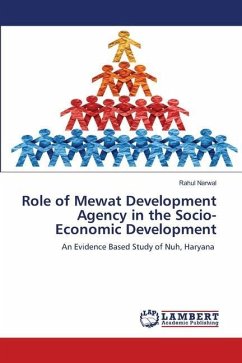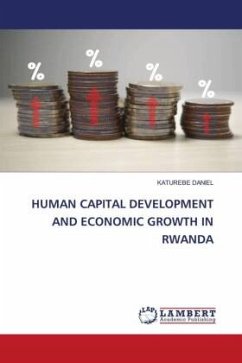
Urban Economic Development and Technology
The Local Impact of Broadband Infrastructure 1998 to 2008
Versandkostenfrei!
Versandfertig in 6-10 Tagen
41,99 €
inkl. MwSt.

PAYBACK Punkte
21 °P sammeln!
This book presents estimates of the relationship between early investment in broadband infrastructure and a number of local economic indicators using a data set of communities (by zip code) across the U.S. Data is matched from the FCC (Form 477) on broadband infrastructure availability with demographic and other socio-economic data from the U.S. Population Censuses and Business Trends Surveys. Spatial econometric techniques are utilized. Even after controlling for community-level factors known to influence broadband availability and economic activity, it was found that between 1998 and 2008, c...
This book presents estimates of the relationship between early investment in broadband infrastructure and a number of local economic indicators using a data set of communities (by zip code) across the U.S. Data is matched from the FCC (Form 477) on broadband infrastructure availability with demographic and other socio-economic data from the U.S. Population Censuses and Business Trends Surveys. Spatial econometric techniques are utilized. Even after controlling for community-level factors known to influence broadband availability and economic activity, it was found that between 1998 and 2008, communities in which broadband was available by 1999, compared to those that did not, experienced a greater difference in the growth of 1) rents, 2) salaries, 3) employment, and 4) overall establishments. In addition, broadband contributed to the share of different industry structures lending support to the GPT hypothesis. This research replicates and extends Lehr et al. (2005).












